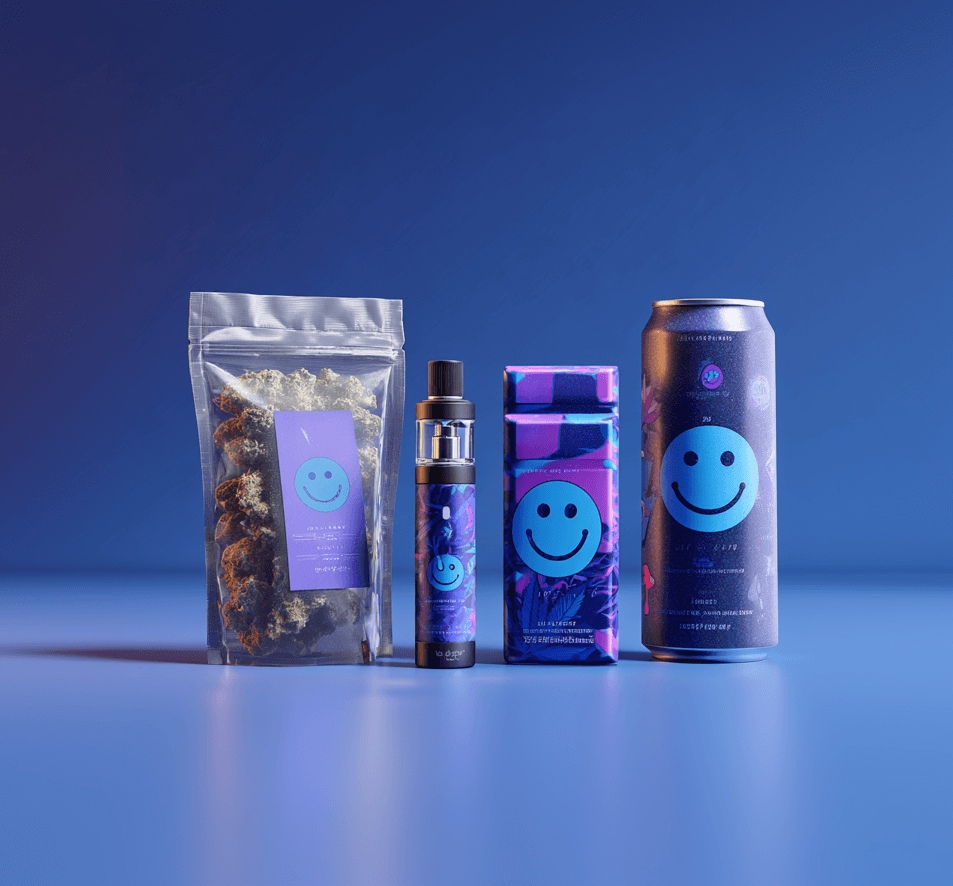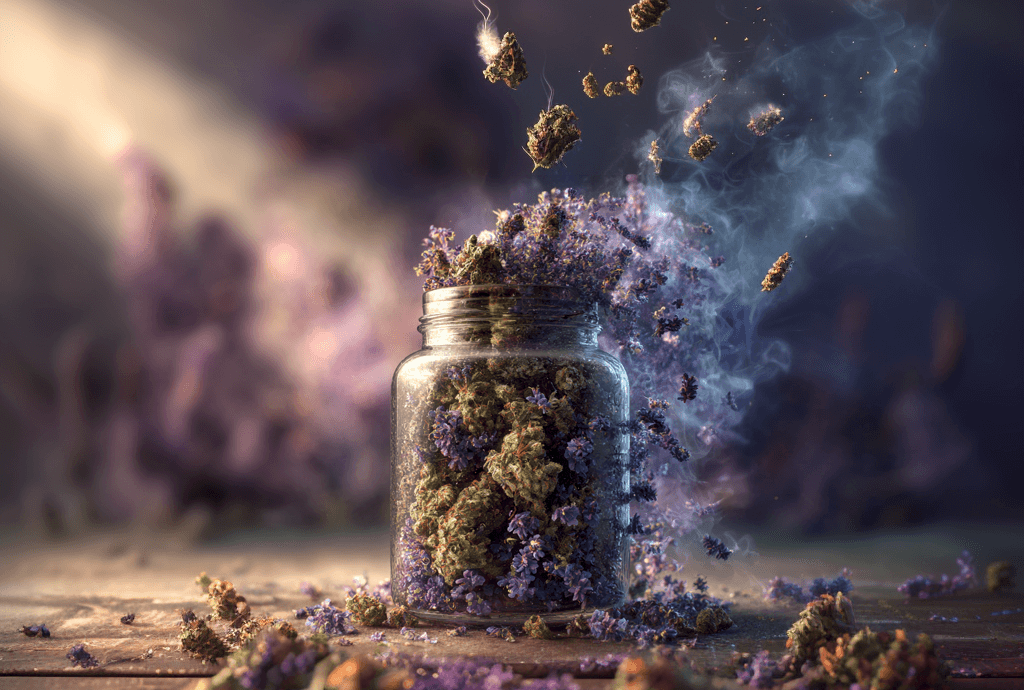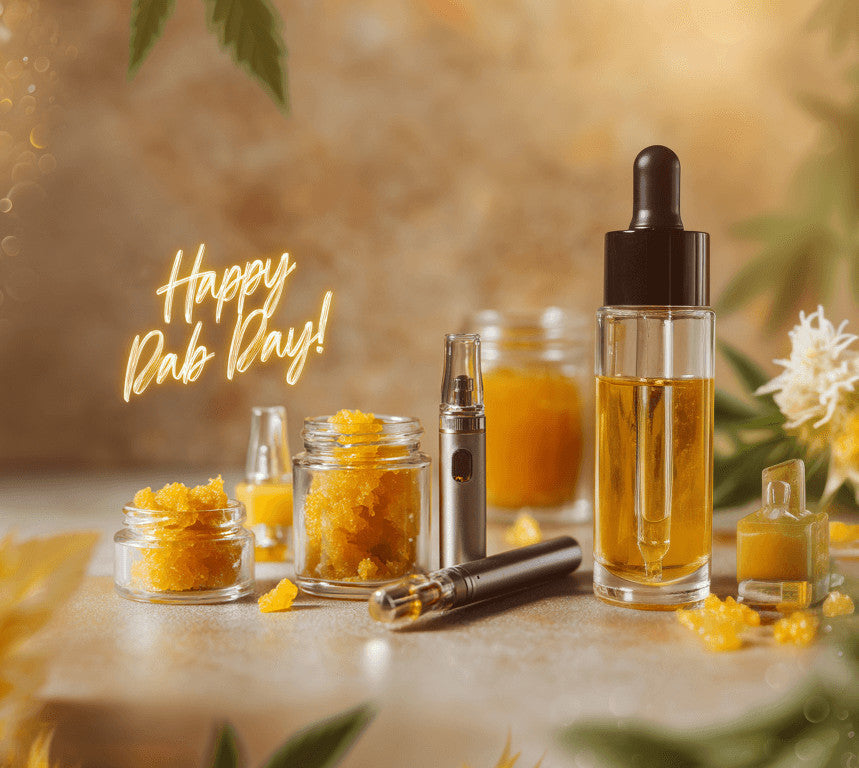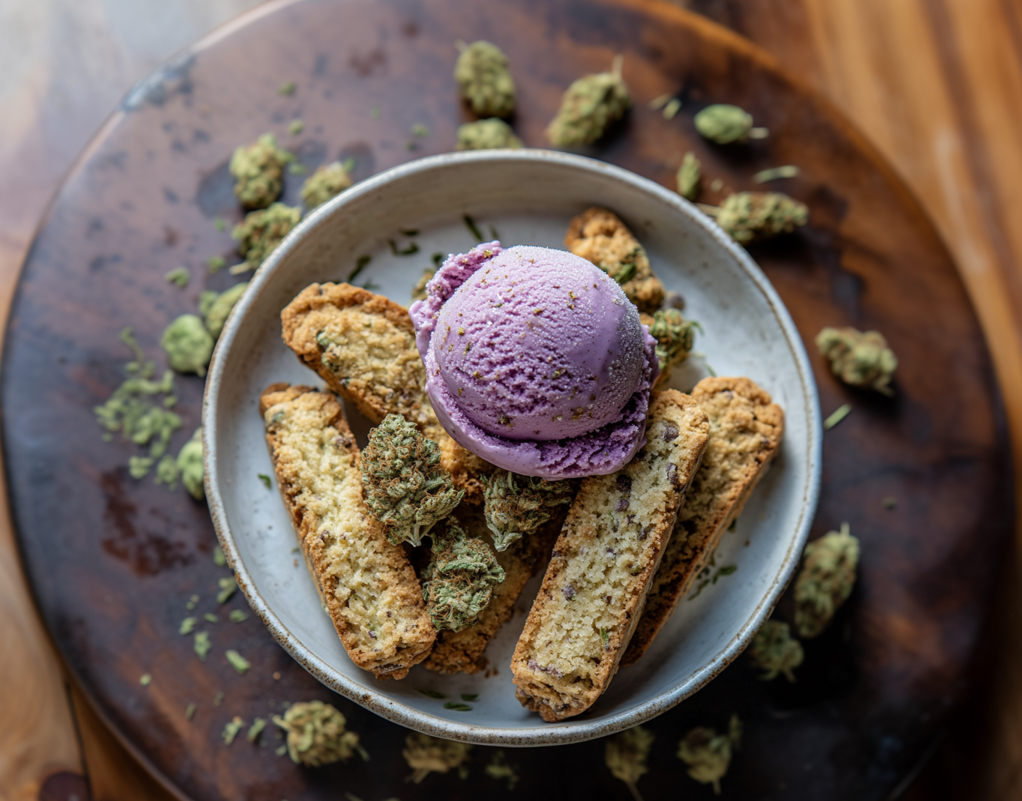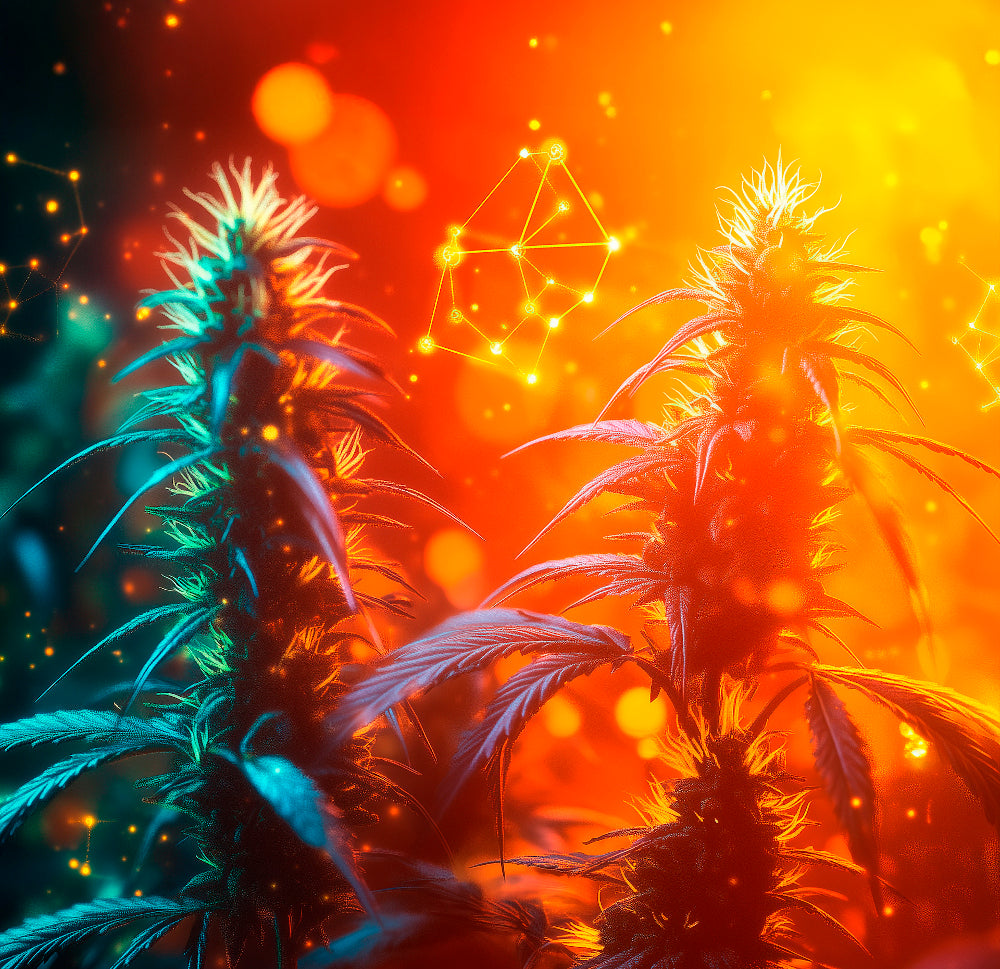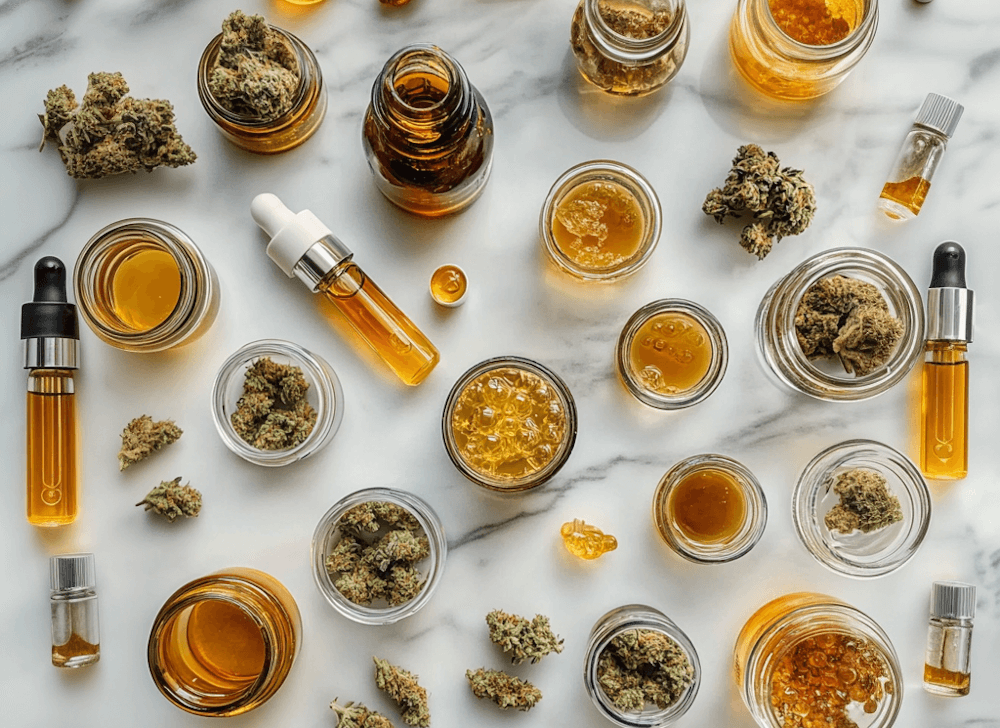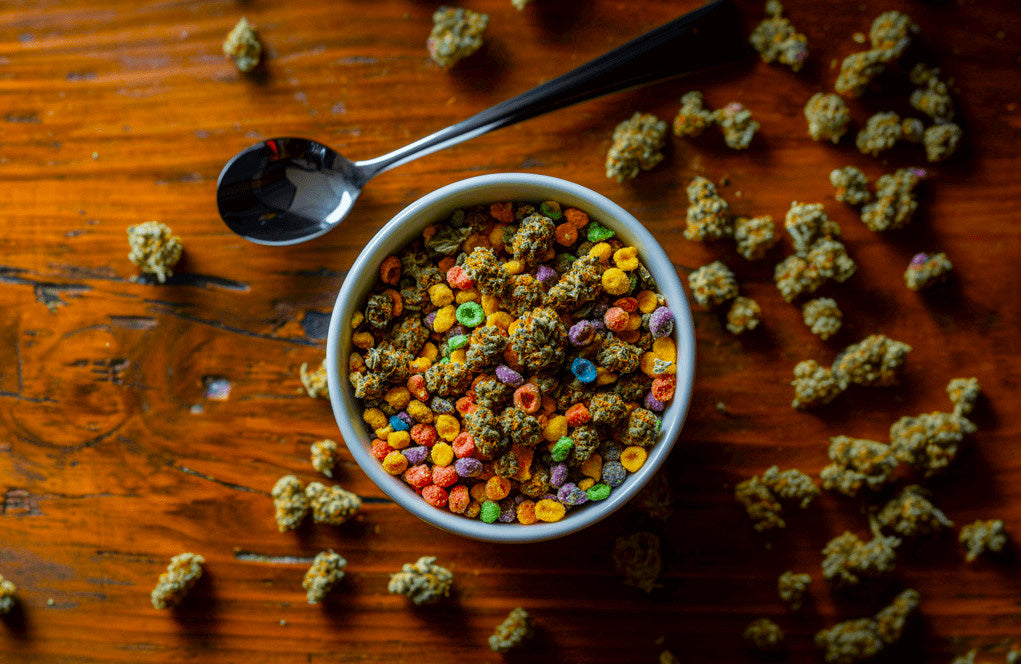Explore the sweet, floral aroma and unique properties of the terpene isolate, Linalool!
Linalool is one of HUNDREDS of terpenes and is considered one of the eight most common in cannabis.
What are terpenes? Terpenes are hydrocarbons present in most plants that help plants repel predators, attract pollinators, influence cloud seeding, and more. They also contribute to the flavor, aroma, and some of the sensorial effects you might have experienced from various botanicals.
Don’t believe us? If you’ve ever found the scent of lavender relaxing or if you’ve simply enjoyed the flavor of basil or spearmint, then you’ve experienced Linalool!
This terpenoid has a distinctly floral aroma with unique properties that make it a phenomenal addition to a variety of products from cosmetics to beverages! Thinking about infusing your products with Linalool or Linalool-dominant terpene profiles?
Read on and learn more about the delicate yet potent terpene isolate, Linalool.
What is Linalool?
Like most botanical terpenes, Linalool is not specific to any one plant. You've no doubt encountered linalool if you've ever smelled lavender, either fresh, dried, or in the form of an essential oil.
That’s not the only place you’ll find this tasty terp, though! Linalool can be found in upwards of 200 plants, ranging from:
- Lamiaceae (lavender, mints, scented herbs)
- Lauraceae (laurels, cinnamon, rosewood)
- Rutaceae (citrus fruits)
- Birch trees
Its aroma is distinctly floral and sweet, with hints of citrus and rose.
Impact of Linalool
If you’ve ever wondered why the scent of lavender is so calming, Linalool might play a big role! While much more research is needed to determine the efficacy of such uses, Linalool-dominant plants have been used for their supposed benefits for thousands of years.
From ancient Greece and Ayurvedic practices to herbal remedies in the Middle Ages, plants like lavender have been used to soothe skin ailments, relieve insomnia, treat infections, and more.¹ However, lavender was also used to ward off evil spirits at one point, so take all of that with a grain of salt.
Before you dismiss those early superstitions altogether, it’s worth noting that more recent studies have examined the biological activities of Linalool and Linalool-dominant essential oils. What have they found? Oh, just that it may have insect repellent properties, antimicrobial properties, and more.²
It also influences the flavors and aromas of some of your favorite cannabis strains.
Cannabis and Linalool
While it’s not as common as d-Limonene or beta-Caryophyllene, you can find Linalool in cannabis strains that are vibrant and tropical, dank and gassy, or sweet and candy-like.
So, which strains are more Linalool-dominant? Here are three to get you started!
Sour RNTZ
As a cross between Runtz and Sour Diesel, Sour RNTZ is everything you’d expect from such a lineage. It’s dank and diesel-forward with bright tropical citrus. Think sweet and sour candy with a powerful gassy finish. Sure, Linalool might seem dainty and delicate, but it’s an important part of the potent Sour RNTZ aroma!
The vibe is euphoric and creative, making it difficult to remember exactly why you were so stressed just moments ago. From there, you’ll feel your shoulders relax, your jaw might unclench, and you’ll find yourself reaching for Sour RNTZ whenever you’re ready to wind down and chill out.
Cherry Pie
You’ve probably encountered strains that smell or taste NOTHING like their name, but Linalool helps Cherry Pie perfectly capture that burst of sweet and sour cherries from a homemade cherry pie. Admittedly, it does have a healthy dollop of dank and a dash of tartness, but that only serves to make it even more irresistible.
Cultivated by crossing Granddaddy Purple and an F1 Durban Poison, Cherry Pie has also produced its fair share of popular offspring from Forbidden Fruit to Wedding Cake. Linalool isn’t as dominant in the Cherry Pie offspring, though. So, if you really want to test your nose for Linalool, get an authentic slice of this strain!
Smacks
Surprise! Floral Linalool is a dominant terpene in dank Smacks. Cultivated by crossing Scooby Snacks with Miracle Alien Cookies, Smacks is POTENT. Earthy gas hits hard, and just when those notes of sweet, fruity citrus start to soothe your senses, an unexpected uppercut of cooling pine will knock you on your butt.
It might be hard to believe Linalool is such a major player in this potent aroma, but remember that other Linalool-heavy plants are often enjoyed for their relaxing properties. The Smacks aroma may sound aggressive, but it’s really a big ol’ teddy bear that just wants you to slow down, chill out, and take a break.
Abstrax Tech | Celebrate Complex Floral Aromas with Linalool!
At Abstrax Tech, we conduct industry-leading, peer-reviewed research to push the industry forward with better education and collaboration. We are passionate about the cannabis industry and the broad applications of aromatic compounds, and we’ll continue promoting excellence in research and innovation.
Do you have questions about incorporating terpenes and flavorants into your formulations? Want expert assistance developing the right aroma and flavor for your products? We’re here to help.
Contact us, and let’s get started today!
-
Touwaide, A., & Appetiti, E. (2024, May). Herbs in History: Lavender. American Herbal Products Association. https://www.ahpa.org/content.asp?contentid=373
-
Kamatou, G., & Viljoen, A. (2008, May 31). Linalool – A Review of a Biologically Active Compound of Commercial Importance. SagePub. https://journals.sagepub.com/doi/pdf/10.1177/1934578X0800300727





